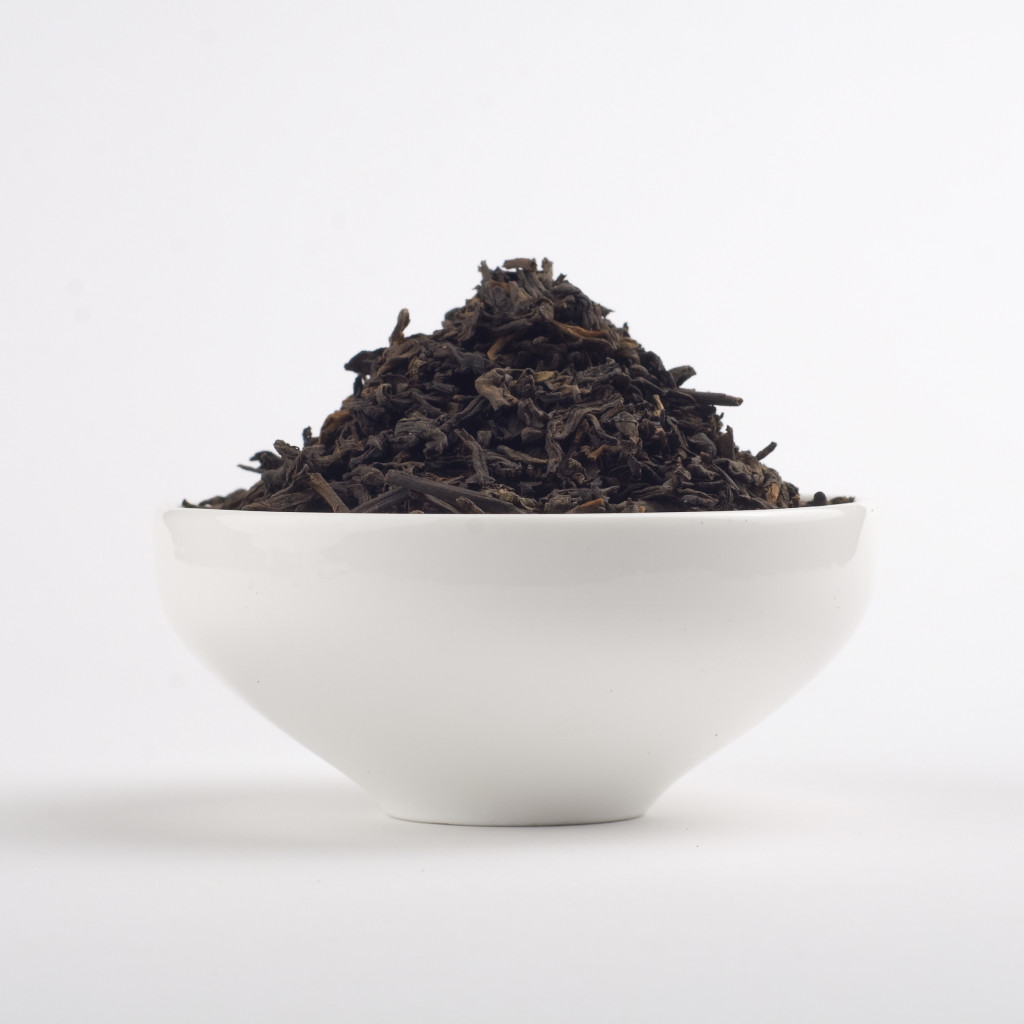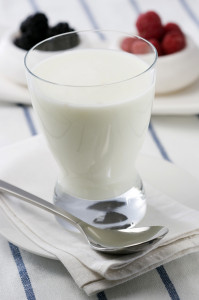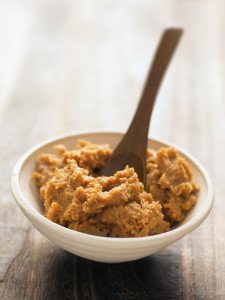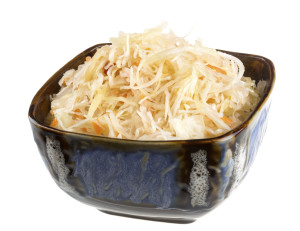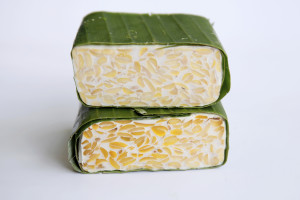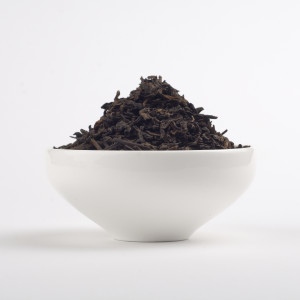Gut check time: Essential foods for your intestinal health

By Matthew Kadey
From a young age, we are taught to be weary of bugs as nasty little things that can only bring harm. But now, science is increasingly showing that gobbling down certain bugs is one of the best ways to build up a healthy body.
Our digestive tracts are home to trillions of bacteria, and when everything is in balance, the healthy population of beneficial microorganisms keeps those that are out to do harm under control. However, certain circumstances such as stress, antibiotic use, poor diet and periods of intense training can skew the balance more towards the bad guys, which can sour your health opening the door to sickness. The good news is that what you place in your grocery cart can go a long way in maintaining a healthy populace of good-for-you critters that work to shut out the devious ones.
Fermented foods like yogurt host an array of microorganisms, commonly known as probiotics, which, when ingested, improve digestive and immune health. The latter occurs because your digestive tract houses much of your immune system. A 2012 Austrian study found that probiotics can diminish gastrointestinal complaints such as nausea and cramping in athletes. Probiotics are also thought to improve nutrient absorption. Beyond digestive benefits, research is piling up that probiotics can also help in the battle of the bulge, shave down cholesterol numbers, fend off Type 2 diabetes, reduce risk for certain cancers and improve oral health. Runners should also take note of a recent study published in Nutrition Journal which discovered that higher intakes of these super-bugs can reduce upper respiratory tract issues.
Wondering how to load up on more probiotics? Here are six often overlooked items to help you micromanage your diet.
Kefir
If you’re already comfortable with yogurt, it’s time to give kefir a try. As with yogurt, tangy kefir is made by fermenting milk with bacterial culture. Kefir reigns supreme however when it comes to bacterial firepower with about three times as many probiotics (about 40 million critters per half cup) as typical yogurt. Kefir is also a great way to load up on bone- building calcium and muscle-friendly protein. What’s more, since kefir’s live cultures break down a chunk of the lactose present in cow’s milk, some people with lactose intolerance can consume it without tummy problems.
USE IT Kefir generally has a thinner consistency than yogurt, so is often sold as a beverage in supermarkets. Enjoy it by the glassful or pour it on your granola. Kefir makes a powerful addition to post-run smoothies as well as a batch of pancakes.
Miso
In Japan, making miso is still considered an art form with each producer having their own style. The miso we see in stores is most often made by combining cooked soybeans with salt, koji (a starter enzyme that breaks down proteins) and rice or barley. Left to ferment for up to two years, a paste is produced that is similar in consistency to nut butters and awash in beneficial bacteria.
USE IT Just a touch of miso can crank up the unami in soups, mashed potatoes, salad dressings, dipping sauces and marinades. Dark miso, which is derived from a longer fermentation process, has a bold, saltier flavour that works well in hearty dishes such as stews. White or yellow miso is more mellow and sweeter tasting making it the best option for vinaigrettes and light broth soups. Full of salty liquid, a bowl of basic miso soup is perfect for slurping down after a hard, sweaty run. Look for tubs of unpasteurized miso for the highest amount of live bacteria.
Kimchi
It’s nearly impossible to discuss Korean cuisine without mentioning their most revered culinary item: kimchi. Born out of a need to preserve perishable foods for the harsh winter months by an agrarian society, kimchi is made by fermenting vegetables (most often Napa cabbage) with a fiery garlic and chili seasoning. A 2013 study in the journal Annals of Nutrition & Metabolism found that regularly noshing on kimchi can help trim the waistline and improve blood sugar control. A good kimchi will bring to the table four poles of flavour: salty, sweet, sour and spicy. With its burgeoning popularity, chefs and home cooks are now making kimchi with everything from brussels sprouts to cucumbers to turnips.
USE IT The spicy concoction is a powerful addition to tacos, scrambled eggs, burgers, grilled cheese, pizza, stir-fries, soups and fried rice.
Sauerkraut
Submerged in a salty liquid for several days or up to weeks, cabbage slowly ferments into the crunchy, sour condiment we know and love as sauerkraut. Think of it as a Western version of kimchi. When submerged in a brine, bacteria such as Lactobacillus convert the natural sugars in cabbage into lactic acid, which in turn inhibits the growth of harmful bacteria and is responsible for the tangy flavour. Sauerkraut is often the first diy fermentation project for people as its very simple and not much equipment is required beyond a glass jar and a nice head of green cabbage.
USE IT Great as a stand-alone side dish, sauerkraut can also instantly jazz up sandwiches, omelets, grain salads, burgers and nearly anything made with pork. There are even recipes online for chocolate sauerkraut cake. When purchasing sauerkraut, be sure to select only brands that have not been pasteurized as the heat process will lay waste to the beneficial bacteria.
Tempeh
Whether you’re a vegetarian or not, it might be time to toss a package of tempeh into your shopping cart. Unlike tofu, which is gleaned from soy milk, tempeh is a patty with Indonesian roots that is made from a base of fermented soybeans. Beyond its payload of probiotics, tempeh also has higher protein, vitamin B12 and fibre levels than tofu. Its flavour can be described as smoky, nutty and earthy like a mushroom.
USE IT Pieces of tempeh can be marinated and used in meals in place of meat. Try crumbling it up and adding to chilis, stir-fries, tacos, soups, casse- roles and pasta sauces. Some brands come in flavours such as curry or teriyaki.
Pu-erh
Move over green, there is another tea that is deserving of a good steeping. Originating in China’s Yunnan province, pu-erh is made from the leaves of the same camellia sinensis plant that makes green, oolong and black tea but with one notable difference: the leaves are allowed to ferment so this ancient beverage is a way to sip your probiotics. It’s also believed that pu-erh possesses disease-fighting antioxidants. Pu-erh has a robust flavour that is said to be particularly agreeable to coffee and scotch lovers.
USE IT Steep one heaping teaspoon of pu-erh with about a cup of water for five minutes. To preserve more of the probiotics, it is best to steep pu-erh in hot water that has not yet reached a roaring boil.
